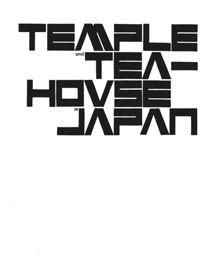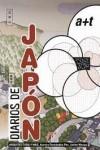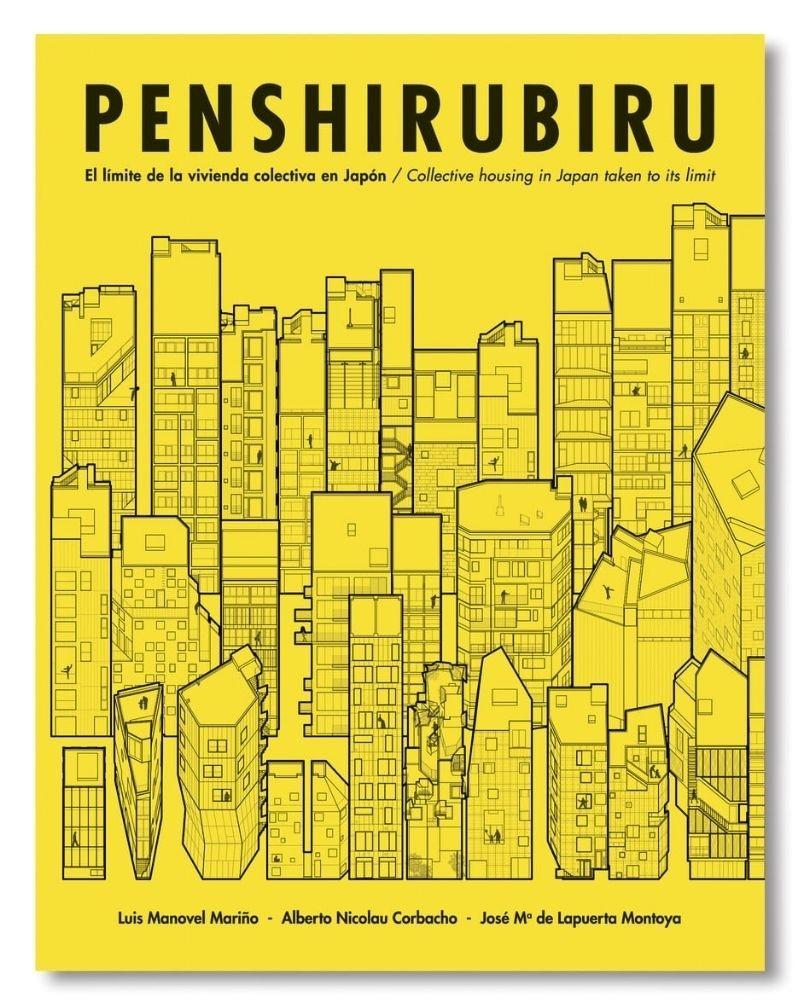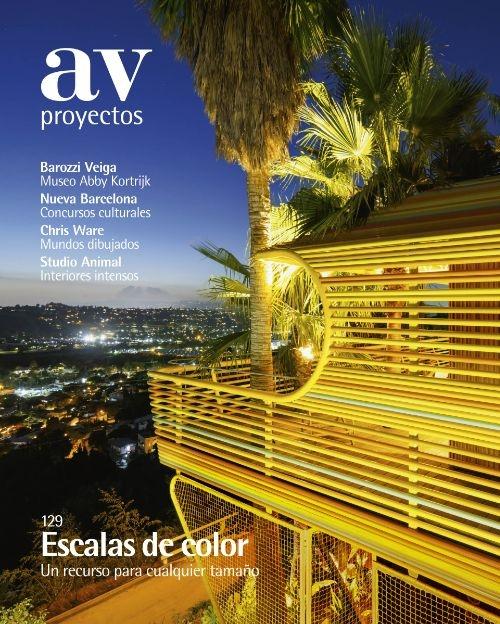TOKYO
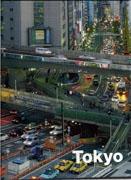
Autor/es
- EAN: 9783936681277
- ISBN: 978-3-936681-27-7
- Editorial: AXEL MENGES EDITION
- Año de la edición: 2009
- Encuadernación: Cartoné
- Medidas: 28 X 30 cm.
- Páginas: 62
- Materias:
fotografía de arquitectura
japón: arquitectura y arte
Stock en Librería. Envío en 24/48 horas
pvp 37,50 €
Cities are often seen as symbols of order: the existence of city walls, fortified gates, palaces, temples, roads, pavements, highways, public institutions, city centres and residential areas is nterpreted as indicating the existence of a central authority that plans and controls the city. On the other hand, the very same cities are also seen as symbols of spontaneous growth. The little winding streets and alleys, the mixture of physical structures, styles and human activities have often given the impression that cities, like forests, and other natural entities are organic structures - strange 'natural artifacts'. Tokyo is a good example for this dual nature of cities. When you first encounter it, you get the impression of chaos: old buildings with one or two storeys next to 30-, 40- or 50-storey skyscrapers; pedestrians, cars, trains moving in all directions, each with its own trajectory. But then you realize that this seemingly chaotic structure provides a context for perfectly ordered human activities: trains leave and arrive as timetabled, their doors open at the exact points that are marked with yellow lines on the platforms; early in the morning fishermen bring their catch to Tokyo's big fish market, auctions are held, and by six o'clock this huge amount of sea food has already been distributed among thousands of restaurants all over the city. And if you look deeper you learn that the chaotic face of Tokyo is the precondition for its ordered and organized life.

